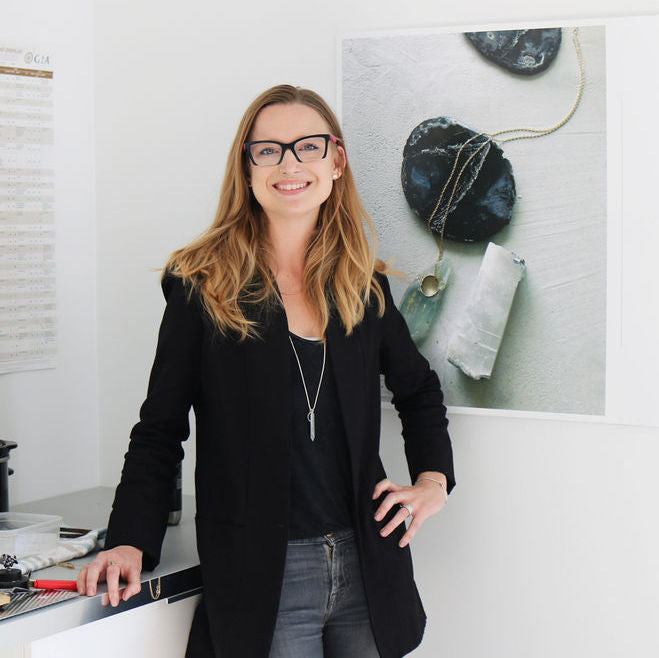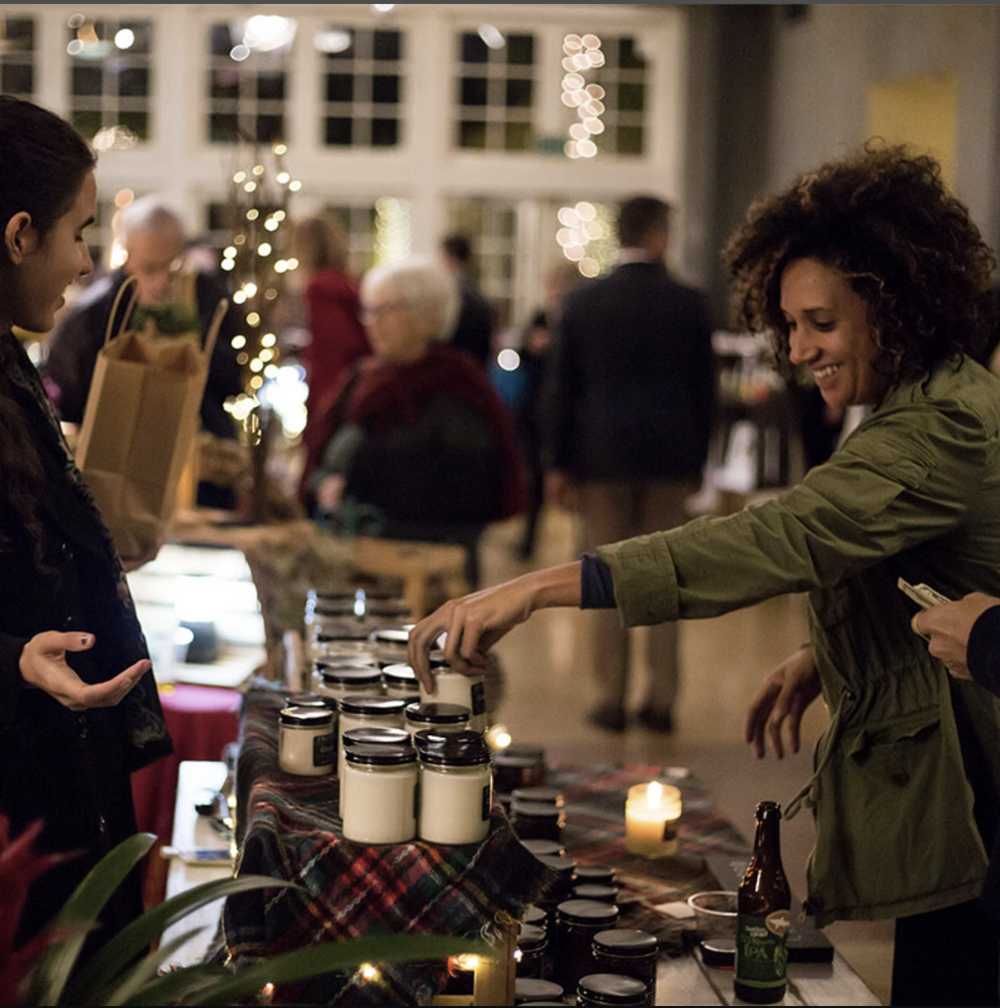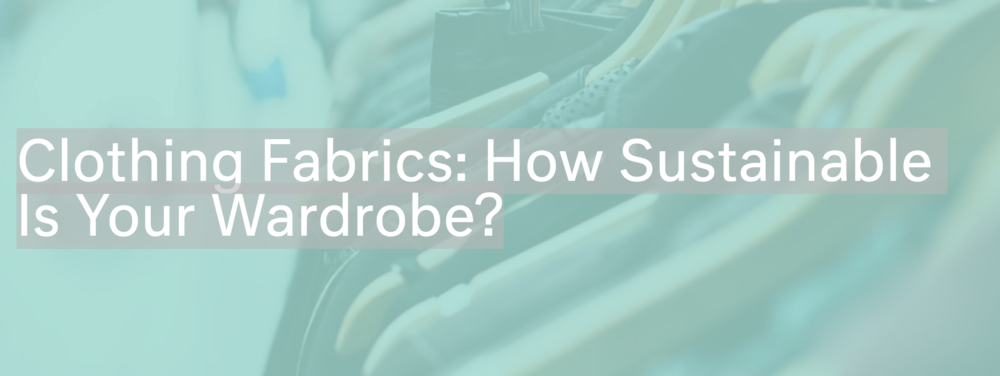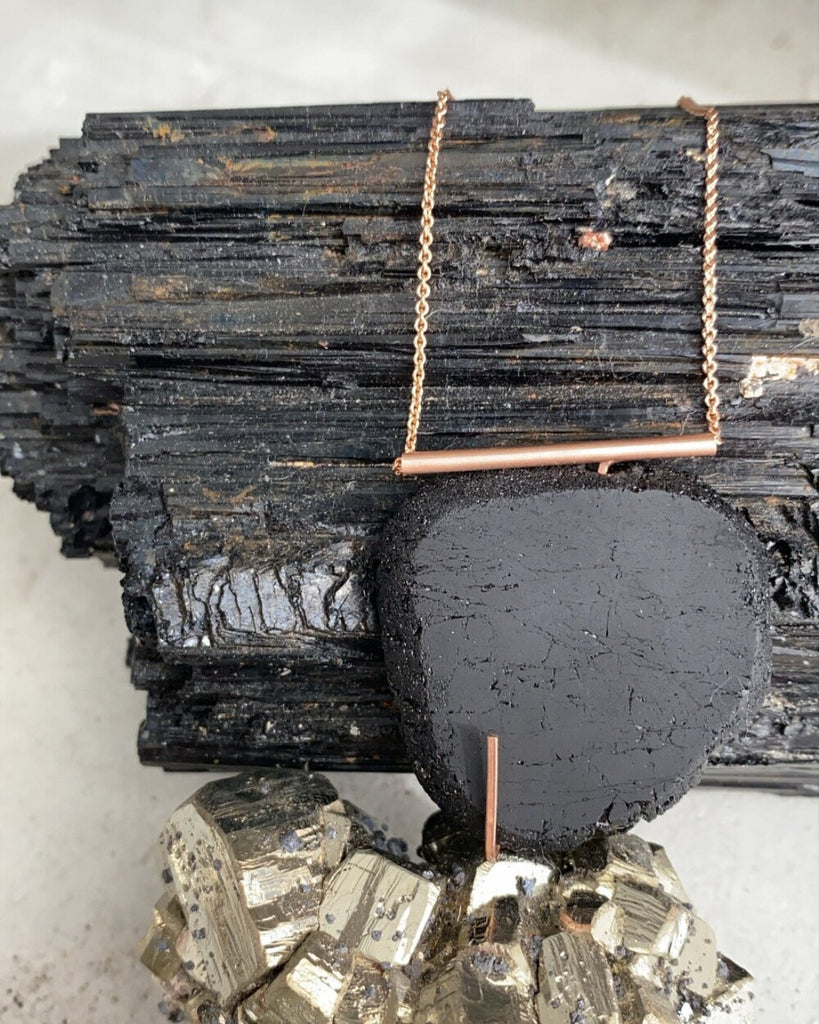Giving Up Fast Fashion a Follow Up
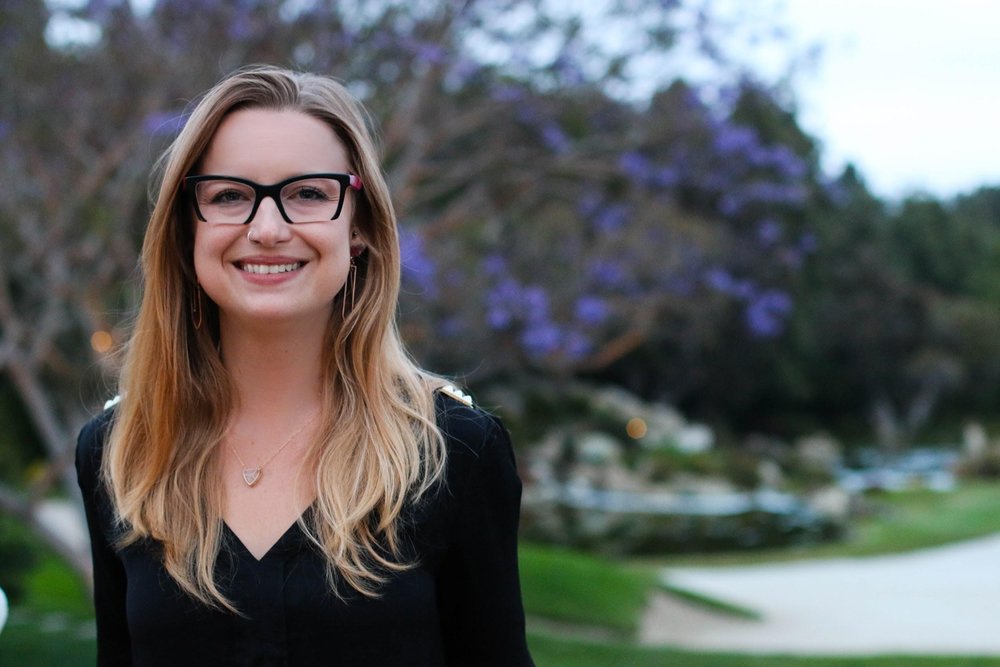
Last year around this time, I wrote about why I gave up fast fashion, and what I learned and gained along the way. This year, I’m writing about how my journey with fair fashion has continued since then and what I’ve discovered this year.
When the Rana Plaza factory collapsed in 2013, it opened my eyes to the reality of how the clothes I loved so much were being made and what the true cost of fast fashion is. While it was a shock, I didn’t rush home and instantly replace my entire wardrobe with ethically made pieces. What fast fashion or questionably made pieces I already had, I decided I would use for the rest of their useful life and then replace them over time with better fashion choices. Then this year, it became time to put my money where my mouth is.
From a very young age, I’ve loved fashion and the finer things in life. These last couple of years have transformed my relationship with fashion. While the average American purchases over 60 new items of clothing per year, I’ve come to internalize the famous words of Vivienne Westwood, “Buy less, choose well, make it last.” This year to date, I’ve bought eight items between new clothes, shoes, and purses. And guess what, I absolutely love all of them, and each piece feels luxe and is made to last beyond the season. I’ve come to view each piece a little more practically, looking at them for their versatility and how well they’re made, I don’t feel like I’ve lost the fun or the ability to express myself with fashion.
When you think about ethical fashion, it’s easy to get overwhelmed. Navigating the supply chain and learning about materials, and how clothing is produced is a lot to tackle all at once. I've learned its easier to pick one area or maybe one item of clothing at a time and start from there. Maybe animal welfare is one of your main concerns, or it could be human rights and not supporting slave labor, or maybe sustainability and the high pollution of the fashion industry? Pick which issue speaks to you the most and go from there and search for vegan companies, or leggings made in Fair Trade factories.
For denim, I knew pollution is a large factor, so earlier this year when I was looking for a new brand of jeans, in addition to looking for a killer fit, I looked for what companies produce denim in an environmentally friendly way (since the dyeing process for denim can be toxic and harmful), and companies that produced their jeans either in the USA or abroad in a fair trade factory. Apps like Good On You, or websites like Fashion Revolution or the Good Trade make the search a little easier since jeans shopping is hard enough on its own. After several returned orders, I found DL1961 and their jeans.
One of my best discoveries was the world of designer rental and resale. Buying secondhand or renting was my way to take the “homework” out of the equation since those clothes are already out in the supply chain and buying secondhand gives them a new life. Rent the Runway and My Sisters Closet have definitely become some of my favorites. I’ve scored an amazing Alexander Wang dress, authentic (and brand new) Coach bag, Lululemon tote, Haute Hippie dress, and more. This has allowed me to shop brand like the above too, which I wouldn’t buy new because of their lack of transparency.
Shoes are an area of the fashion supply chain I’m just getting into and taking one step at a time. As much as I dislike meat, I love leather, but it’s a material I just can’t ignore the impact of. So I’m starting my new shoe journey with vegan alternatives. Not all vegan materials are environmentally friendly though since some are made of petroleum-based plastics. However, a quick google search, brought me to some amazing vegan shoe brands like Matt and Nat and Beyond Skin so I could still pick up some stylish new fall boots.
While in some sense, I’ve given up some options when it comes to fashion, really I feel like I’ve gained knowledge and a community of people who share my values and share resources so we can all do a little bit better. I really feel that shopping your values is voting with your dollar. The more voices saying they want something different than the status quo, the more the fashion industry must respond. Change is a gradual process, but it doesn’t have to be a scary one. At the end of the day, just keep putting one foot in front of the other and walk towards the changes in the world you want to see.


